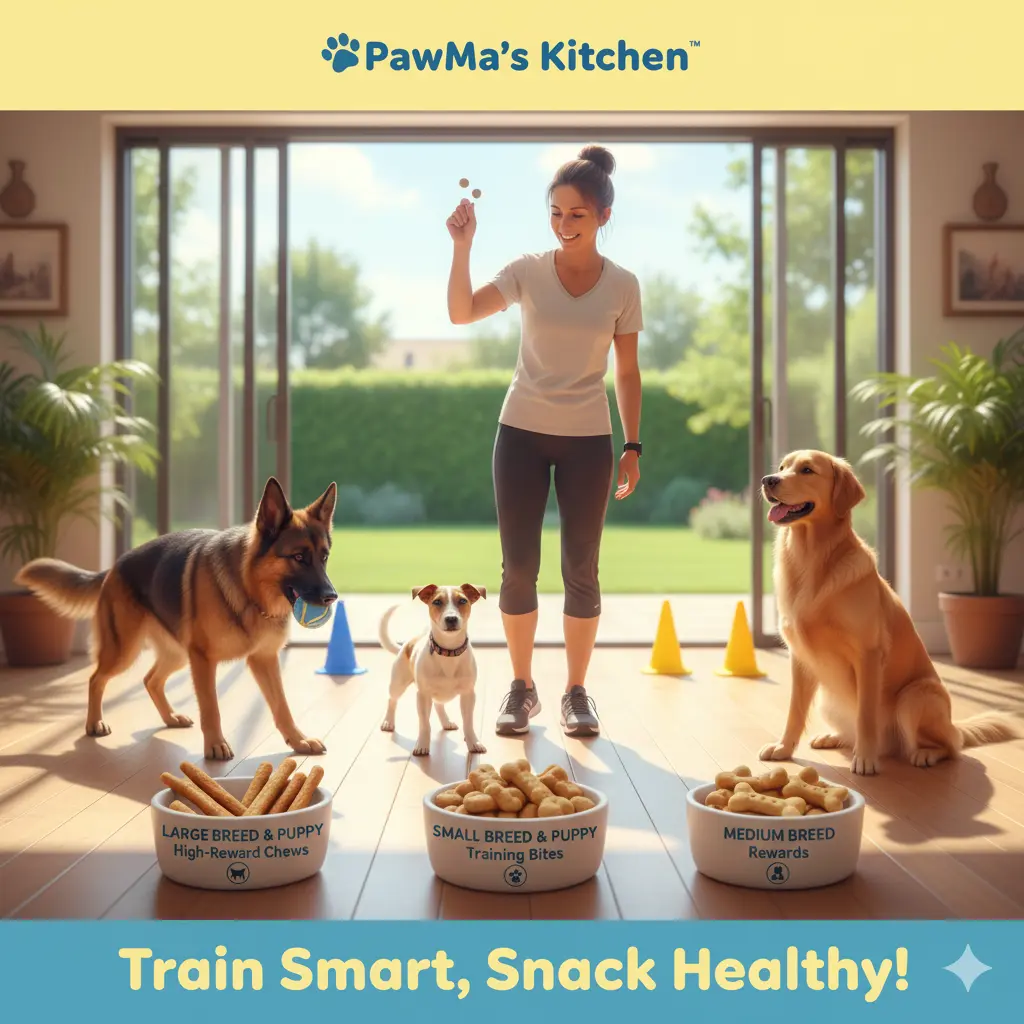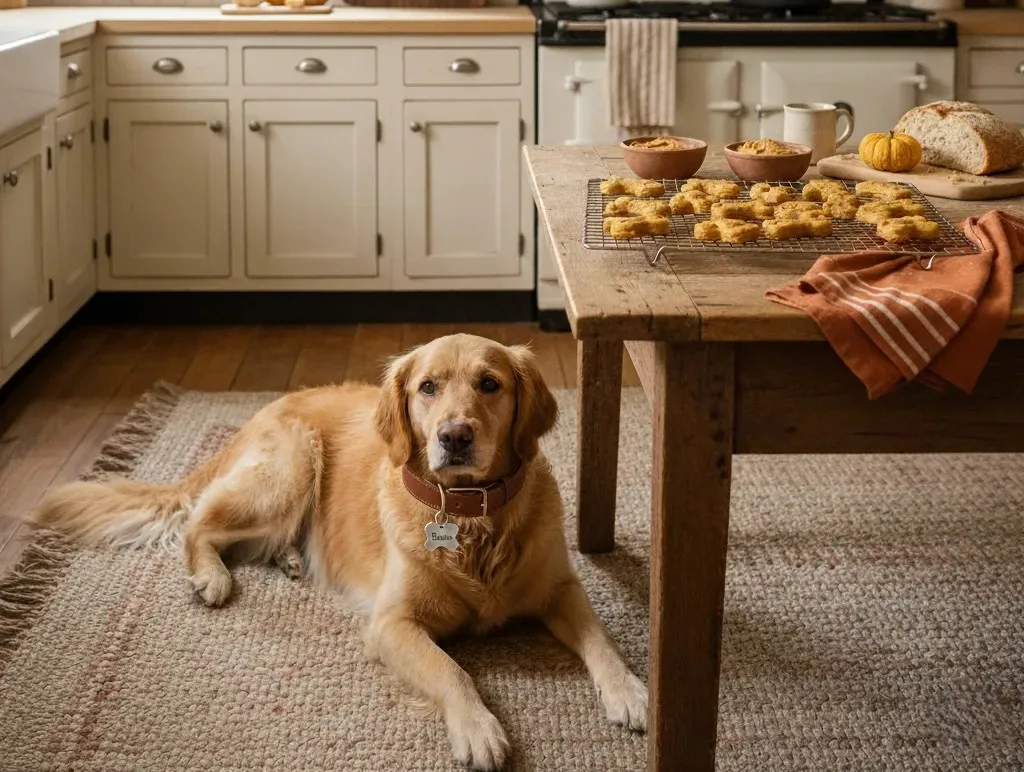Training your dog is one of the most rewarding experiences for both pet and parent. Whether teaching basic commands, agility skills, or fun tricks, positive reinforcement is the key. And nothing motivates a dog quite like a tasty treat. However, not all snacks are created equal, and overfeeding or giving the wrong type of reward can undermine your dog’s health. The secret lies in aligning snack size with training rewards to keep your dog happy, healthy, and eager to learn.
Why Snack Size Matters in Training
During training sessions, dogs often receive multiple treats for repeated commands or exercises. Large, calorie-dense snacks can quickly add up, leading to weight gain or digestive upset. Choosing appropriately sized rewards ensures your dog stays motivated without overindulging.
- Tiny treats for frequent rewards: Small, bite-sized snacks allow multiple repetitions of a command without overfeeding.
- Medium treats for occasional rewards: Use slightly larger snacks for successfully completing a longer or challenging task.
- Large treats for milestone achievements: Special achievements, such as mastering a new trick, can be rewarded with a bigger treat to make the moment feel special.
PawMa’s Kitchen snacks are ideal because they come in a variety of sizes and textures, from mini-bites perfect for puppy training to crunchy biscuits for adult dogs. This versatility makes it easy to match the treat to the training goal.
Aligning Snacks With Training Goals
1. Puppy Training
Puppies have tiny stomachs, so their treats should be soft and small. Use mini-bites for frequent reinforcement during short, consistent training sessions. Soft baked snacks from PawMa’s Kitchen are perfect because they are easy to chew and digest while still being delicious enough to motivate your puppy.
2. Basic Obedience for Adults
Adult dogs can handle slightly larger treats but still benefit from moderate-sized rewards to prevent overfeeding. For example, breaking a medium-sized PawMa’s Kitchen biscuit into smaller pieces can help extend your training session without adding too many calories.
3. Advanced Tricks and Agility Training
For more complex tasks, larger rewards can signal success and provide extra motivation. A larger or flavored treat can be given for mastering a new trick, completing an agility obstacle, or performing exceptionally during training sessions.
Balancing Nutrition and Reward
Healthy snacking during training is not just about portion control—it’s about nutrient quality. Treats should complement your dog’s regular diet and avoid empty calories or artificial additives. PawMa’s Kitchen focuses on:
- Home-baked, natural ingredients for maximum health benefits
- Dog-safe street-style flavors that dogs find irresistible
- No preservatives, artificial colors, or fillers to protect digestive health
By choosing high-quality snacks, you can confidently reward your dog while supporting their overall well-being.
Timing and Frequency
Training sessions should be short, focused, and fun. Spread treats over multiple small sessions rather than giving large amounts at once. This keeps your dog attentive, eager to learn, and prevents overeating. A general rule: treats should not exceed 10% of daily caloric intake, even during intensive training periods.
Using Treats Strategically
- Pair treats with praise: Always combine a snack with verbal praise or affection to reinforce learning.
- Reserve special flavors: Keep your dog’s favorite flavors for the most important training moments.
- Mix sizes: Small treats for frequent corrections, medium treats for achievements, and large treats for milestones.
The PawMa’s Kitchen Advantage
PawMa’s Kitchen treats are perfect for training because they are:
- Available in multiple sizes: Mini bites, medium biscuits, and larger crunchy snacks
- Nutritious and wholesome: Made with carefully selected, dog-safe ingredients
- Irresistibly flavorful: Street-style, baked treats that dogs love
This variety allows pet parents to customize training rewards based on session length, intensity, and individual dog preferences.
Tips for Successful Training Snacking
- Prepare treats in advance: Have a mix of small and medium-sized treats ready to maintain flow during training.
- Observe your dog: Watch for signs of overeating, choking, or digestive discomfort. Adjust snack size as needed.
- Incorporate variety: Rotate flavors to keep your dog engaged and prevent boredom.
- Reward immediately: Timing is crucial—give the treat right after the correct behavior to reinforce learning.
Conclusion
Healthy snacking and training go hand-in-hand when snack size and frequency are aligned with your dog’s needs. By using appropriately sized treats, high-quality ingredients, and strategic timing, you can make training sessions both effective and enjoyable. PawMa’s Kitchen offers a perfect range of home-baked, dog-safe, street-style snacks to help every pup stay motivated, healthy, and happy during training.
Align your treats with your training strategy, and watch your dog thrive—one tasty bite at a time.



